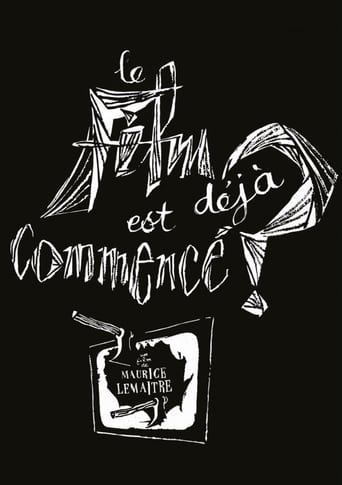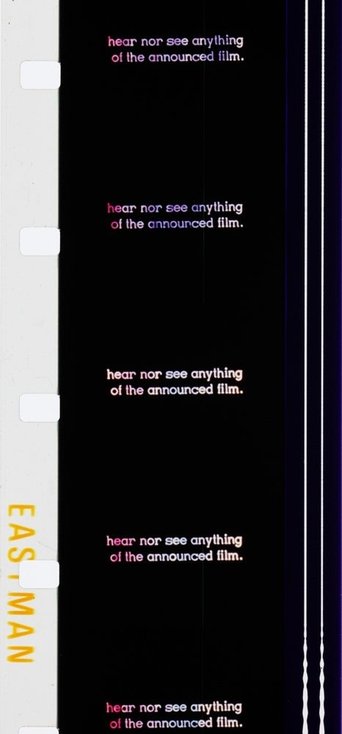La Vampire Nue
May 01, 1970Pierre découvre que son père fait partie d'une secte qui pratique d'étranges expériences sur une jeune femme considérée comme vampire. Cette mystérieuse confrérie cherche en réalité à découvrir le secret d'immortalité. Amoureux, le jeune homme fera tout pour délivrer la jeune femme de ses tortionnaires.
Horror

























